Fashion is an industry that often sees shift. It can be trends, creative mindset, or production process. And it has always enhanced the fashion industry with its creativity and has attracted consumers. The purchasing power of consumers and demands have seen a rise over the years, and it keeps increasing. There are manufacturing processes that have seen a swift shift too. Fast fashion manufacturing is, according to trends, affordable, and their production is fast-paced and has attracted many consumers. But there are many who stick to the original and slow manufacturing process that demands timeless, ethical fashion manufacturing and durable garment pieces and has seen a good rise recently for slow fashion trends 2024.
7 factors why slow manufacturing is on the rise compared to fast fashion
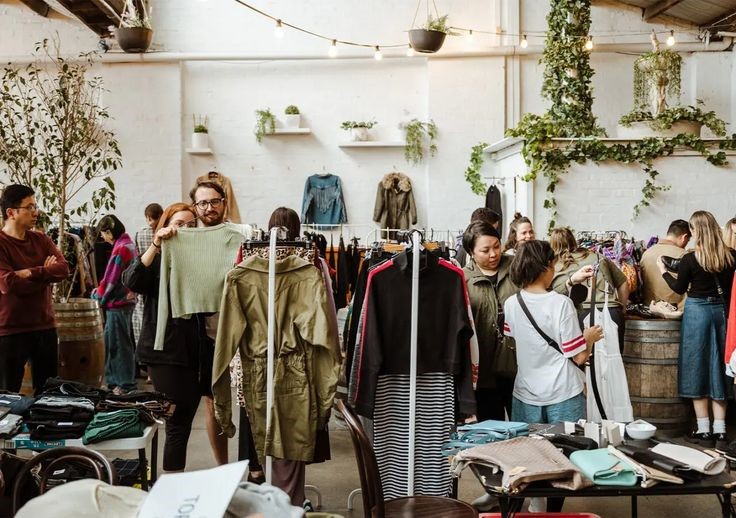
image credit: pinterest
1. Quality Over Quantity
When it comes to slow fashion manufacturing, it is exactly opposite to fast fashion, which does not support ethical fashion manufacturing. Manufacturers take their normal said time to produce the outfit rather than being fast and hasty in the process. It focuses on high-quality production and durable pieces of clothing. It does not go for cheap quality and fast disposal pieces of garments. Slow fashion trends 2024 also believe in an approach of quality over quantity, which attracts consumers who believe in a long time span of products and conscious fashion choices. Thus, slow manufacturing firmly believes in quality over quantity.
2. Consumer Awareness
The slow fashion trends 2024 has definitely seen a rise in the fashion industry and it’s manufacturing processes, while a fast fashion decline is possible. As consumers are much more aware and educated about the negative impacts of fast fashion manufacturing and want to support sustainable clothing production. Be it harmful emissions, unfair labor practices, or an increase in overproduction. It has also affected the consumption power of consumers and increased their spending levels. They are now thus ready to find alternatives that are ethical, hold transparency, and relate to their beliefs and practices.
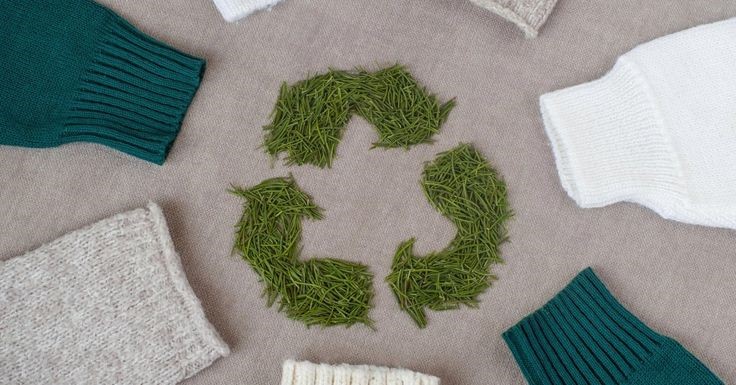
image credit: pinterest
3. Sustainability
According to slow fashion trends 2024, manufacturers have started to shift and adapt towards slow manufacturing and are attaining sustainability because of environmentally friendly practices of production and ethical fashion manufacturing. They make sure that it causes no harm to the environment due to their production practices and adopt a carbon offsetting method or carbon neutrality. That helps to reduce carbon footprint and greenhouse gas emissions such as CO2, nitrogen, ethanol, or other harmful emissions. And thus helps to reduce overconsumption because of its durability factor as compared to fast fashion trends. Consumers are now concerned more about the impact of their purchasing power and are making conscious fashion choices.
4. Ethical Labor Practices
The slow manufacturing process of garment production believes in ethical labor practices and fair work. That is not the same for fast fashion manufacturing. Fast fashion manufacturing in order to fulfil the demand as soon as possible gets labor at cheap prices for their fast production with unsafe environment spaces, which might bring a fast fashion decline in the future. Laborers also face exploitation at times. Slow-fashion manufacturing ensures about labor practices that workers are paid fairly and have safe working conditions. And they keep transparency about sustainable clothing production, and it is a part of slow fashion trends 2024.
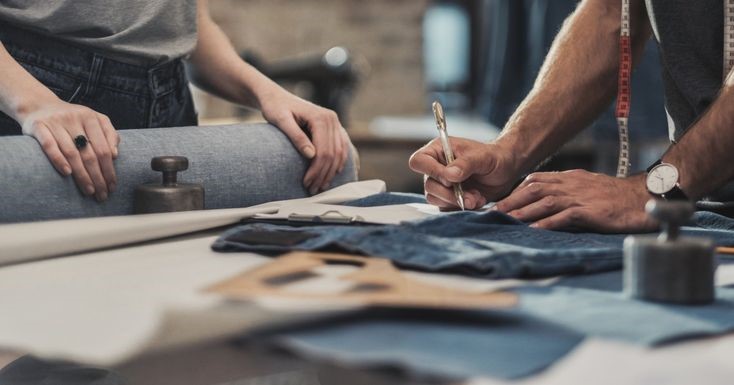
image credit: pinterest
5. Unique Products
Slow manufacturing is not just beneficial for the environment; it also creates and gives new opportunities for creativity and art and thus supports slow fashion trends 2024 approach. It involves new craftsmanship that allows them to create their ideas into reality, provide employment for them, and practice ethical fashion manufacturing. The new designs and experienced craftsmanship bring uniqueness. This factor surely attracts consumers. Slow fashion manufacturing is about conscious fashion choices and being authentic and not similar. Which is often common in fast fashion as they go for mass production. Slow fashion allows personalization and customisation. It is about details, care, and quality.
6. Cultural Shift
Due to the recent slow fashion trends 2024 movement and discussions about the negative impact caused by fast fashion manufacturing, there is an evident and growing cultural shift towards slow fashion manufacturing, and fast fashion decline awaits in the future. The movement has tended to make a shift towards minimalism and sustainable clothing production. Slow fashion is about cautious consumer purchases and responsible consumption and buying of garments. Hence, people are finally changing their choices and investing more in slow fashion.
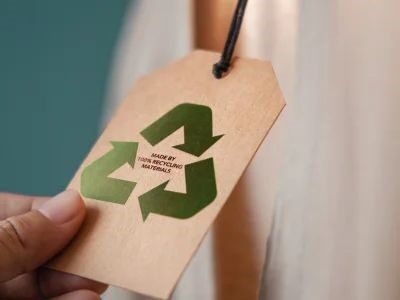
image credit: pinterest
7. Transparency
Slow fashion manufacturers believe that their production process should be transparent for their consumers and follow ethical fashion manufacturing. They keep clear communication about its production process. They disclose material details and sourcing of materials and concentrate on organic clothing lines. When they disclose details, it helps consumers understand about environmental impact and about the craftsmanship involved. They also keep transparency about their work ethics and labor practices. This helps them to make conscious fashion choices and engage and connect with brands, thus fulfilling slow fashion trends 2024 objectives.
How Does Maker’s Row Help In Making Your Process Simple?
Small and slow manufacturing, or fast fashion and macro business, both need enough support to be able to keep their ideas and turn them into reality. Maker’s Row is a platform that believes in investing in your ideas and makes sure to make them successful and long-term. They connect factories and manufacturers with brands based on their requirements. They have ample resources to guide brands for an efficient business path. Blogs, knowledgeable and useful videos, along with efficient experts with a good amount of experience, allow you to follow a rightful and successful journey.
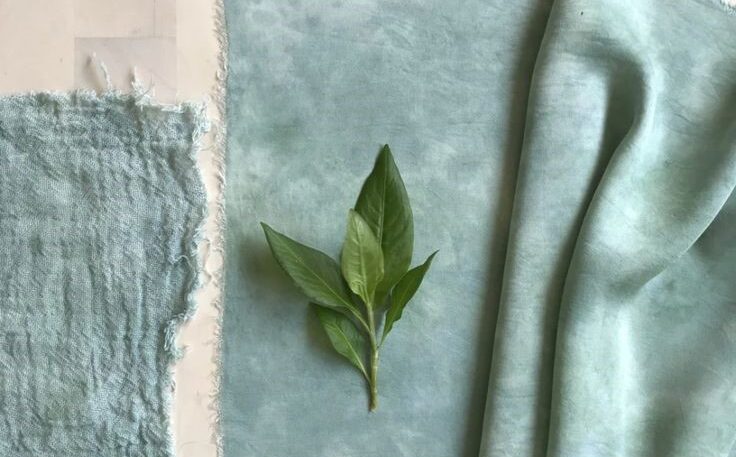
image credit: pinterest
Conclusion
Consumers are finally knowing the difference between the impact of fast fashion manufacturing and slow manufacturing. Thus finally making a change for betterment and fast fashion decline. This not only benefits the environment but also consumers purchasing practices that were overused. This creates awareness among the community. And also allows to question the fast fashion approach and their production process. Thus asking for better transparency, which is every consumer right, and creating an impactful shift for slow fashion trends 2024 practices.
You Can Also Read..
